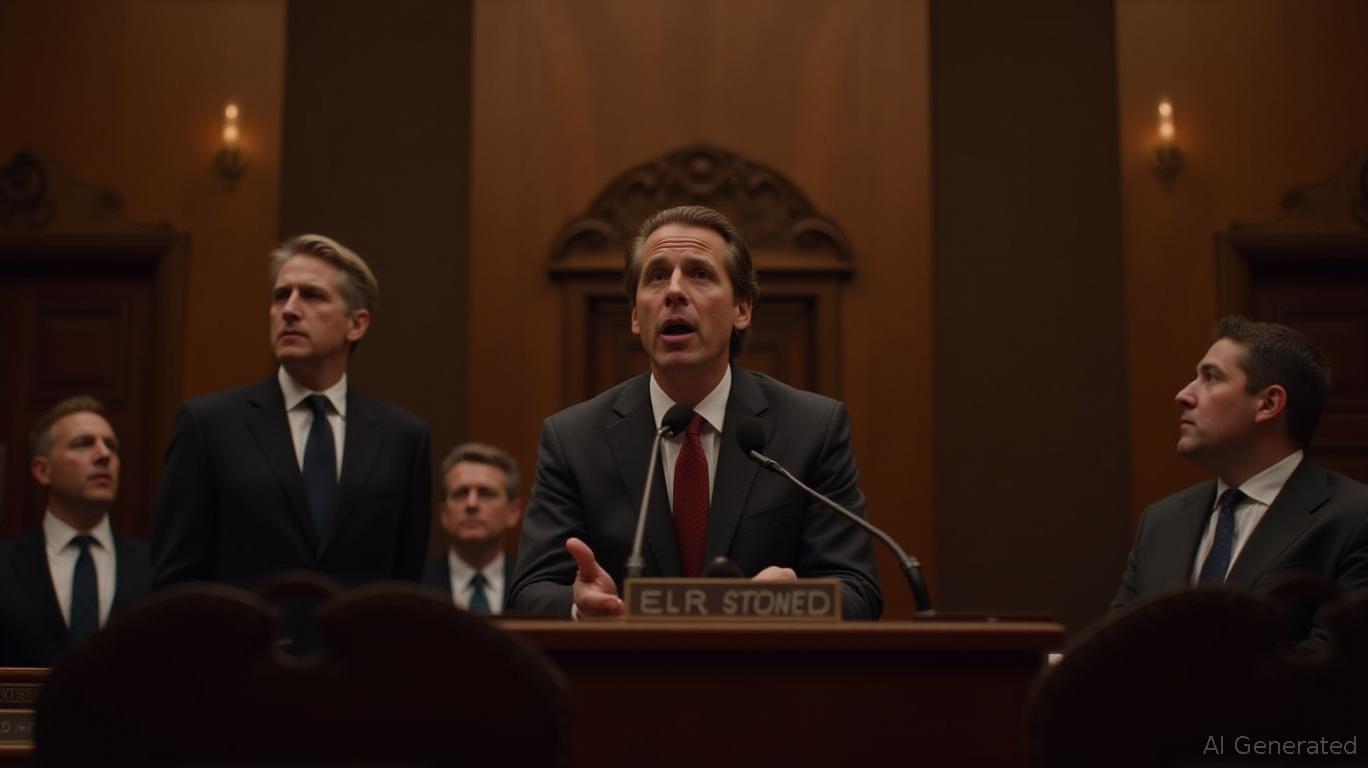The cryptocurrency landscape is buzzing with groundbreaking news: the U.S. House of Representatives has officially passed the Clarity Act. This moment represents a crucial turning point for the crypto market, indicating a serious commitment to establishing concrete regulatory guidelines for digital assets in the United States. For years, the industry has been bogged down by uncertainty, navigating through a patchwork of regulations or, more often, a regulatory vacuum. This legislation aims to change that dynamic, potentially reshaping how cryptocurrencies are traded, held, and developed across the nation.
The Clarity Act is poised to inject much-needed structure into the rapidly growing crypto market. Its primary mission is to create a clear framework for digital assets, defining their legal status and providing guidelines for market participants. This might include delineating categories of digital assets and clarifying whether a specific cryptocurrency or token is classified as a security, a commodity, or perhaps even a new asset class. Such distinctions are pivotal since they determine which regulatory body, like the Securities and Exchange Commission (SEC) or the Commodity Futures Trading Commission (CFTC), has jurisdiction. Furthermore, the Act aims to establish rules for crypto exchanges, custodians, and other service providers, tackling issues like consumer protection and market manipulation. It also seeks to safeguard investors from fraud and mismanagement, instilling greater trust in the digital asset ecosystem.
The lack of clear U.S. crypto regulation has been a focal point of contention, leading to legal disputes, compliance challenges, and a dampening effect on innovation. Therefore, the Clarity Act represents a substantial legislative effort to mitigate these long-standing issues. As mainstream adoption of digital assets grows, the call for robust regulation has become more pronounced. While the decentralized nature of cryptocurrencies is a foundational principle, it also introduces unique challenges for oversight. A regulated environment can offer a sense of security for both retail and institutional investors, helping to prevent scams and providing recourse in cases of malfeasance, thereby encouraging broader market participation.
Major financial institutions frequently hesitate to engage in markets lacking clear regulatory frameworks due to the potential compliance risks. The establishment of defined regulations can serve as a bridge for these traditional finance companies to venture into the crypto space, ushering in significant capital and liquidity. Additionally, enhanced regulations can help monitor and prevent the misuse of cryptocurrencies for illegal activities, ultimately bolstering the market’s legitimacy. By ensuring clear rules surrounding market conduct, liquidity, and capital requirements, the Clarity Act could contribute to a more stable market environment, reducing volatility linked to speculative bubbles or systemic risks.
The passage of the Clarity Act by the House underscores a burgeoning consensus that the benefits of a regulated cryptocurrency market substantially outweigh the risks of inaction. However, this legislative milestone is not an isolated event. It sits within a broader, evolving narrative regarding digital asset legislation in the U.S. Over the years, various bills have been put forward with differing approaches to classifying and regulating cryptocurrencies. The Clarity Act could function as a foundational block, guiding future legislative efforts and harmonizing the fragmented regulatory landscape.
The historical debate has often revolved around whether digital assets should fall under the SEC’s oversight as securities or the CFTC’s as commodities. This Act aims to provide a more definitive classification, potentially reducing regulatory arbitrage and offering clarity to projects wishing to operate in the U.S. Such clarity is essential for innovators, allowing them to design their projects with a solid understanding of legal requirements from the outset. Furthermore, this piece of legislation could set a precedent, influencing how other nations formulate their crypto regulatory frameworks and fostering greater interoperability in the global digital asset landscape.
Nevertheless, the journey for the Clarity Act is only beginning. For it to become law, it must also clear the Senate and receive the President’s signature. This path may be fraught with challenges, including potential amendments, varying opinions within the Senate, and the possibility of a presidential veto. Nonetheless, the House’s passage sends a strong signal about the trajectory of cryptocurrency policy in the U.S., indicating a growing recognition among lawmakers that the focus must shift from enforcement actions to a comprehensive regulatory framework. If successful, this proactive approach could stimulate innovation by providing well-defined rules, helping the U.S. remain a stronghold for blockchain and crypto innovation while preventing companies from relocating offshore due to regulatory uncertainty.
The ongoing debate surrounding cryptocurrency policy continues, but the Clarity Act represents a tangible step towards a more organized and predictable future for digital assets in the U.S. For individuals and entities involved in the crypto ecosystem, the passing of the Clarity Act by the House highlights the urgency for awareness and preparedness. Although the final legislation remains to be fully enacted, understanding its potential implications is crucial. Crypto businesses and startups should begin assessing how their operations might align with imminent classifications of digital assets. Proactive engagement with legal counsel specialized in crypto law will be vital to ensure compliance as regulations evolve.
For investors, remaining informed about the legislative process and its potential effects on held assets is essential. Increased regulatory scrutiny may introduce greater stability and legitimacy for certain assets but could also impose stricter compliance burdens on others. Therefore, diversification and thorough due diligence must remain a priority. Developers and innovators, while facing what may seem like restrictive regulations, can also find new opportunities for building compliant decentralized applications (dApps) and establishing institutional partnerships. This is a critical period for engagement with industry associations and policy discussions, ensuring that a diverse range of voices is considered as these transformative regulations take shape.
Ultimately, the U.S. House’s passage of the Clarity Act marks a significant juncture for the cryptocurrency market. It symbolizes a decisive movement towards bringing order and predictability to an industry that has long operated amidst regulatory ambiguity. As this landmark legislation continues its journey through legislative channels, it highlights the governmental recognition of digital assets’ vital role in the modern economy and the urgent need for a coherent, comprehensive cryptocurrency policy. The potential of this act to unlock new avenues for institutional investment and significantly enhance investor protection is immense, setting the stage for an invigorated and sustainable ecosystem in the complex world of digital assets.


